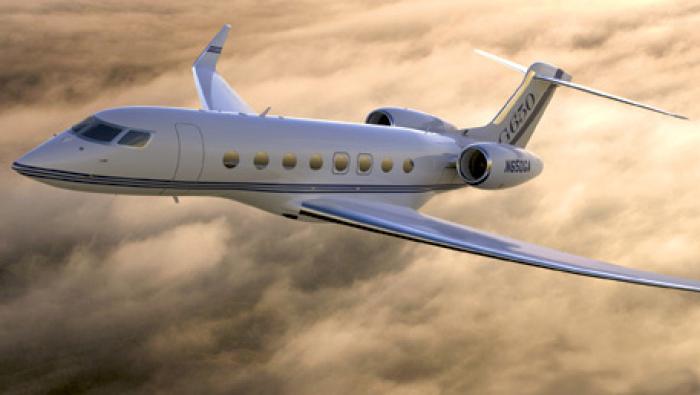The U.S. Air Force will send F-22 Raptors to Europe as part of an initiative to deter Russian aggression, the service said. The fifth-generation air superiority fighter will participate in training exercises with allied air forces, but the timing and location of the deployment were not disclosed.
Air Force Secretary Deborah Lee James announced the inaugural deployment during a “State of the Air Force” briefing at the Pentagon on August 24. The F-22s will “support combatant commander requirements” and contribute to the European Reassurance Initiative, a campaign the U.S. mounted after Russia’s annexation of Crimea in March 2014. Congress approved $985 million in overseas contingency operations funding for the effort during the current fiscal year.
“Russia’s military activity in the Ukraine continues to be of great concern to us and to our European allies,” said James. “Airmen who are a part of this inaugural F-22 training deployment will train with our joint partners and our NATO allies across Europe as part of our continued effort to assure our allies and demonstrate our commitments to security and stability of Europe.”
The Lockheed Martin fighter saw combat for the first time last September, striking Islamic State militants in Syria as part of Operation Inherent Resolve. Reporting on the status of that year-old campaign, James said the Air Force has flown more than 48,000 sorties in support of operations in Syria and Iraq, including air strikes, tanker sorties and intelligence, surveillance and reconnaissance missions.
Gen. Mark Welsh, Air Force chief of staff, said F-22 pilots will train alongside other fighters—he mentioned the Eurofighter Typhoon—when they deploy to Europe. “We have aircraft with very advanced capabilities, and we need, and [allies] would like for us, to be able to interoperate in multiple-type scenarios,” he said. “And so being able to train side-by-side with them and do that kind of training is really, really important to us, and that’s what this [deployment] is for.”
On another topic, James described as “disappointing” the news that Boeing has delayed the first flight of the KC-46A Pegasus by about a month—to October—because of ongoing issues with the tanker’s development. It had planned to fly the first “full-up” tanker, a derivative of the 767 airliner, early this year. “Personally, of course, it was disappointing news that this additional delay has occurred,” she said. “However, Boeing continues to believe that they will make their key contractual requirement, which is to deliver to us 18 aircraft by August of 2017, so that is the most important parameter, and they still believe that they will make that.”
At the same time, the Air Force is reviewing the KC-46A program schedule to determine if any further delays will cause operational impacts. “Certainly, the margin in the schedule is all but gone at this point,” James said.







